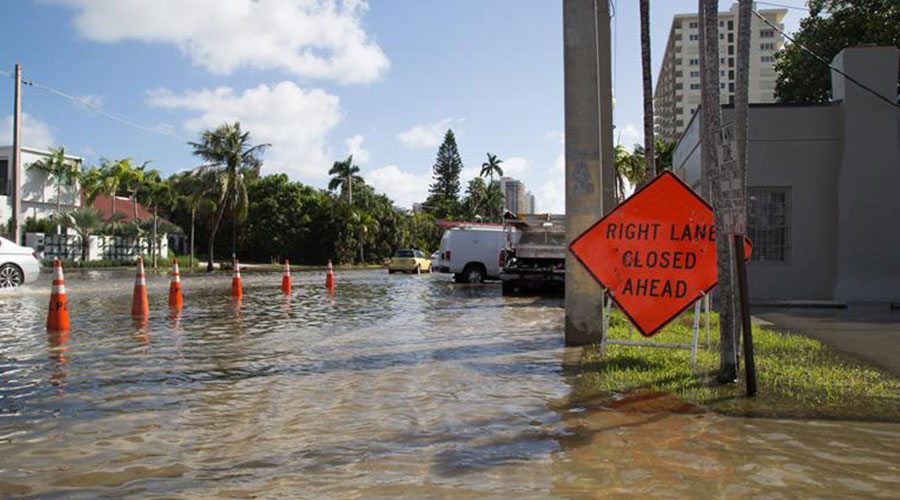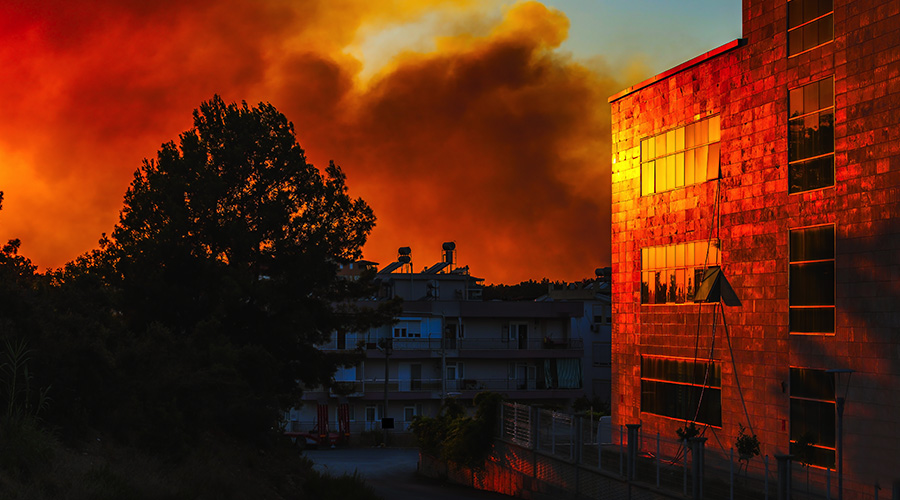Federal Publication Is a Primary Reference for Bio-Safety Standards
Another of the codes and standards for design of BSL3 facilities, which handle toxic and lethal agents that have some known remedy or treatment, is published by the U.S. Department of Health and Human Services in conjunction with the Centers for Disease Control (CDC) and NIH:
Biosafety in Microbiological and Biomedical Laboratories, 5th Edition (rev 2009) or BMBL5.
This standard has evolved through the course of five revisions, the two most recent being the 1999 BMBL fourth edition and the 2007 BMBL fifth edition, the latter which was revised and re-issued with amendments in December 2009. (Click here for an Excel-based spreadsheet outlining changes from the BMBL fourth edition to the fifth edition.) While the BMBL is only a recommended standard and not mandated to any level approaching the building code, it can be argued that the BMBL is a primary reference of BSL3 standards from the points of view of facilities performance and user operations.
A multitude of changes were made in the 2007 BMBL fifth edition from the 1999 BMBL fourth edition document. While some changes are subtle, others deeply impact the required operation of building systems serving any BSL3 facility. Major facility infrastructure design requirements include:
- HVAC/ventilation exhaust fans are to be designed with an N+1 redundancy or in a manner such that upon failure of one piece of equipment, another capable of maintaining normal operations is in place and able to provide continuous service.
- All laboratory doors must be self-closing and lockable.
- Access to the lab suite is via two interlocking, self-closing doors (vestibule or anteroom).
- All facility surfaces are to be smooth and cleanable with expressly sealed installations for floor, ceiling, and wall systems.
- All spaces must have decontamination capability (and the implication is the decontamination should be via vapor more than wipe-down as door seals are mentioned).
- Any and all windows in the space must fully sealed.
- Directional airflow is required from "cleanest" to "dirtiest" and this must be maintained at all times, including system-failure scenarios. This specific change in language and criteria from the previous BMBL4 standard mandates that even upon a complete loss of supply air, exhaust air, or power to the BSL3 suite, the suite must not reverse its design directional airflows — that is, must not lose containment. Essentially, this is a zero-tolerance policy. Specifically, no greater than a neutral air condition is acceptable.
- Visual alarms monitoring directional airflow are required at each space. Audio alarms are recommended.
- Recirculation of air is prohibited.
- All BSL3 exhaust is to be HEPA-filtered and discharged from the building.
- HEPA filtration must have bag-in/bag-out filters, and the system must include test ports and a means for decontamination.
- Class II BSC exhaust may be re-circulated in the space, but biosafety cabinets require annual certification.
- Autoclaves are required for decontamination of all lab waste.
The fifth edition acknowledges that custom requirements may be needed, e.g., shower facilities, bubble-tight dampers on ventilation system supply and exhaust, sanitary waste kill systems, advanced security, etc. The fifth edition also requires verification of operational parameters (commissioning) and procedures prior to occupancy with annual re-certification.
Related Topics:














